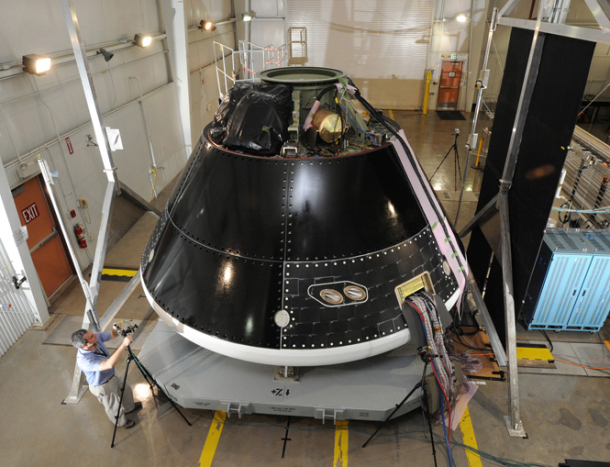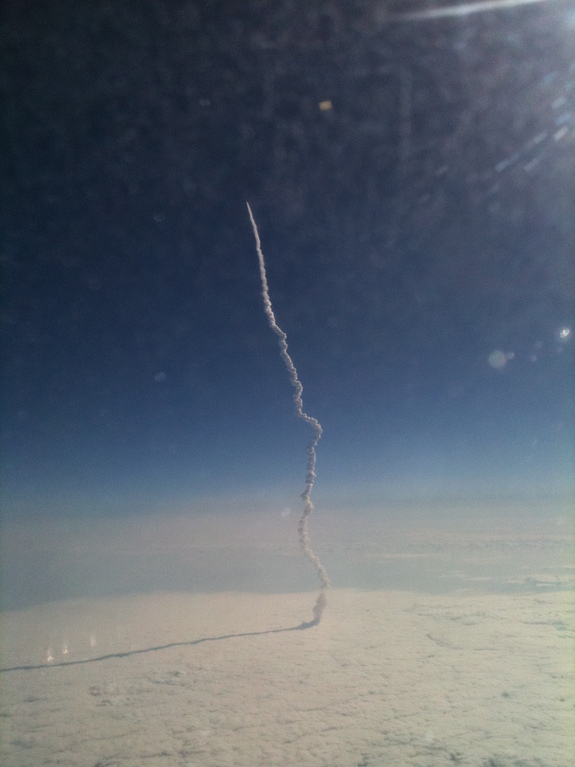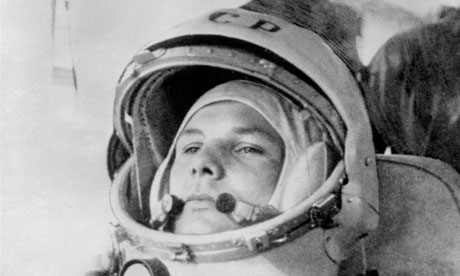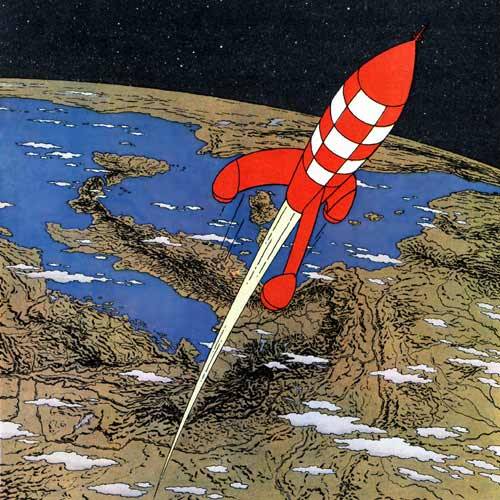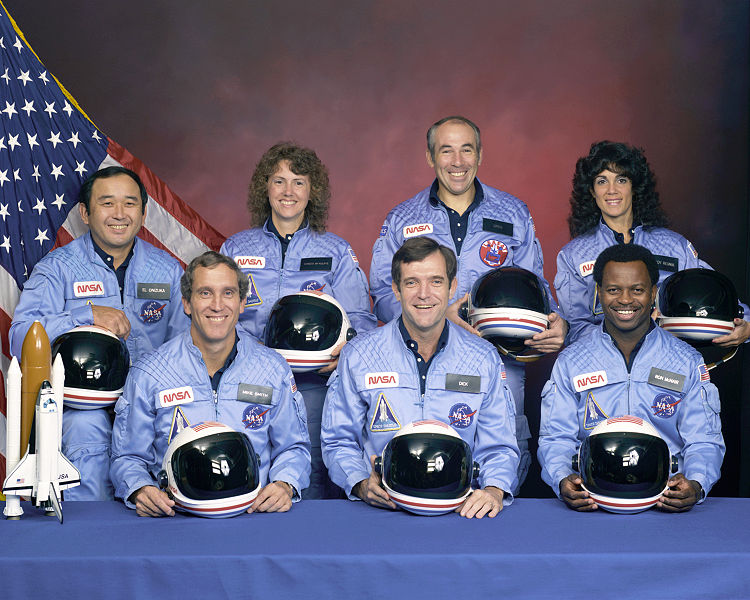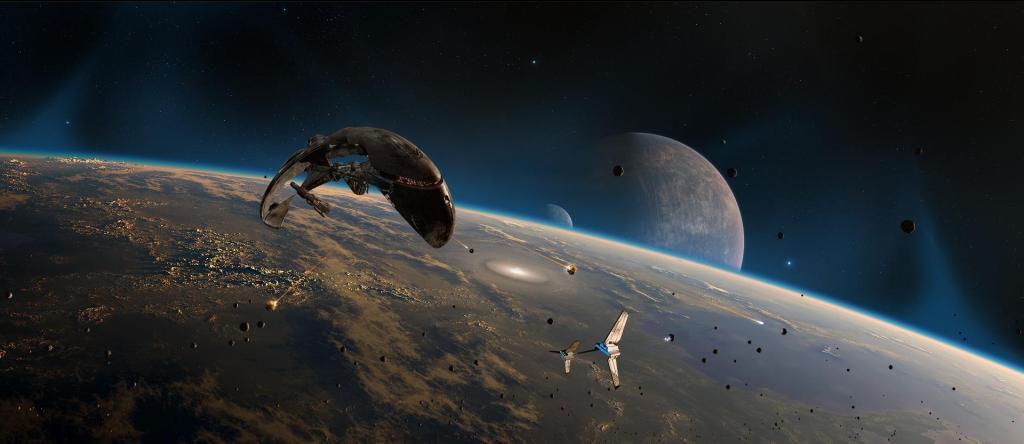
“Look back 100 years. If you could have had James Clerk Maxwell and Guglielmo Marconi and Albert Einstein sit around a lunch table in the early 1900s, they would have had all the math necessary to create an iPhone. But there’s nothing that they could have done to characterize the integrated circuits, the satellites, the communication links or the Internet, to draw a plan that would have led them to an iPhone until Apple introduced it 100 years later. That’s how I see where we are with this.“
From the folks who brought you the Internet, DARPA announces the 100-Year Starship Study, offering $500,000 in seed money to whomever comes up with the best plan for developing the technology needed for interstellar travel. “To stimulate discussion on the research possibilities, DARPA officials will hold a symposium that brings together astrophysicists, engineers and even sci-fi writers so they can brainstorm what it would take to make this starship enterprise a success.“

